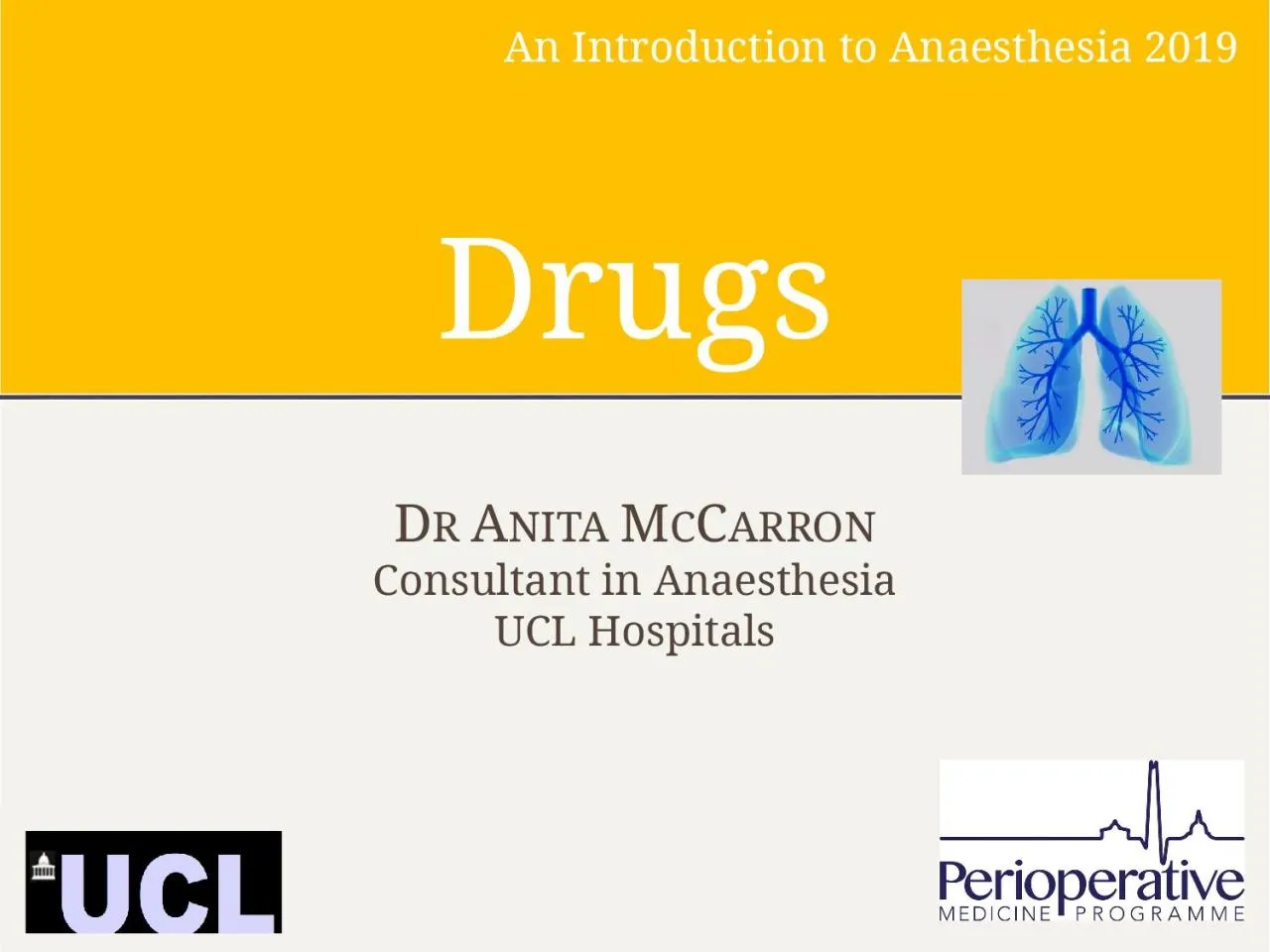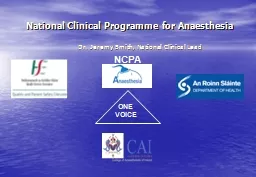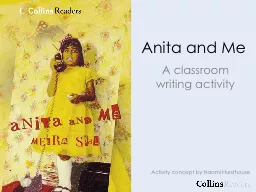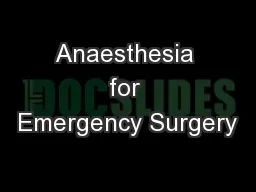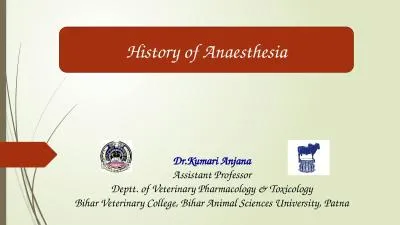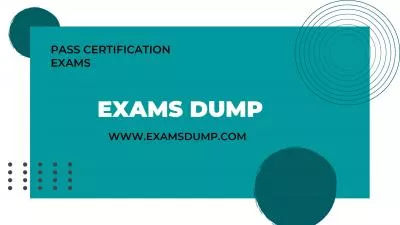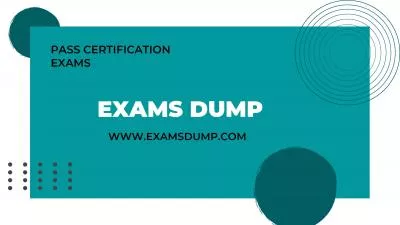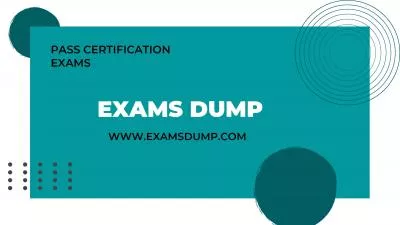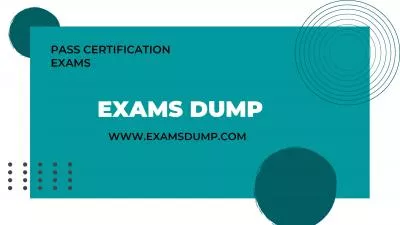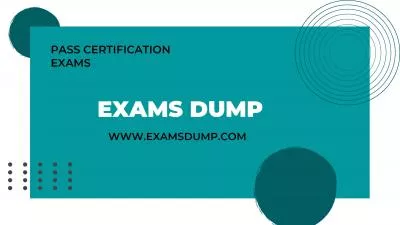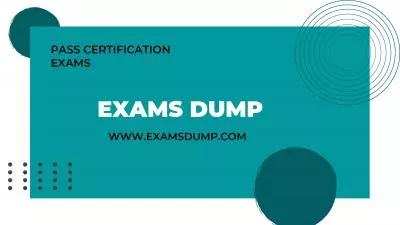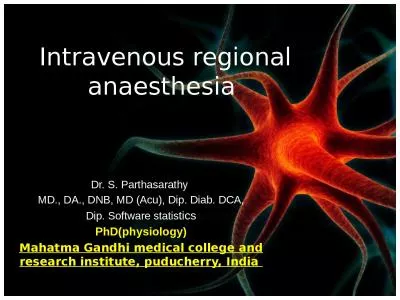PPT-Dr Anita McCarron Consultant in Anaesthesia
Author : ceila | Published Date : 2022-06-07
UCL Hospitals Drugs An Introduction to Anaesthesia 2019 TODAYS TALK Basic Principle s of drugs What we hope to achieve with anaesthesia Maintenance of anaesthesia
Presentation Embed Code
Download Presentation
Download Presentation The PPT/PDF document "Dr Anita McCarron Consultant in Anaesthe..." is the property of its rightful owner. Permission is granted to download and print the materials on this website for personal, non-commercial use only, and to display it on your personal computer provided you do not modify the materials and that you retain all copyright notices contained in the materials. By downloading content from our website, you accept the terms of this agreement.
Dr Anita McCarron Consultant in Anaesthesia: Transcript
Download Rules Of Document
"Dr Anita McCarron Consultant in Anaesthesia"The content belongs to its owner. You may download and print it for personal use, without modification, and keep all copyright notices. By downloading, you agree to these terms.
Related Documents

